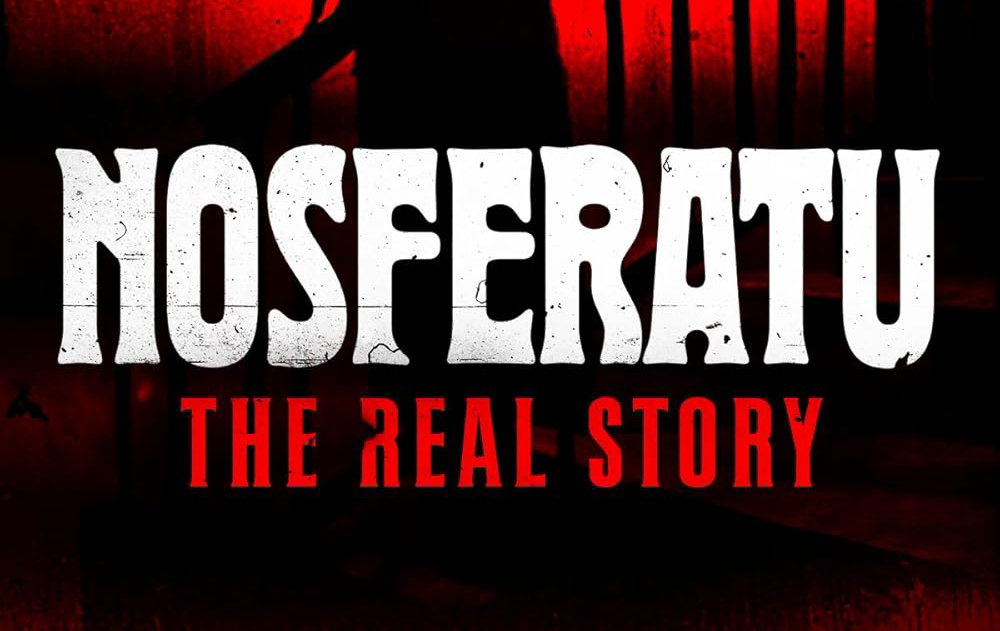
In the great history of vampire movies, there are a lot of incredible films – but only one can claim to be the first vampire film, and perhaps the most important horror film of all time – and that’s F.W. Murnau’s Nosferatu (1922).
In Nosferatu: The Real Story, the team looks into the drastically changing world of the early 20th century, where war, technology, and the fears of a generation helped to create the perfect environment for such a unique film. They uncover the secrets behind the making of this Nosferatu and how close we came to losing it completely, as well as the nature of the people who would make such a piece.
We begin with learning about Albin Grau, an artist and dedicated occultist who was the driving force behind making Nosferatu. Grau claimed that the idea for Nosferatu came to him when, while serving in the German Army in WW1, he met a Serbian soldier who claimed to know a real vampire – this is where he first heard the word “Nosferatu”.
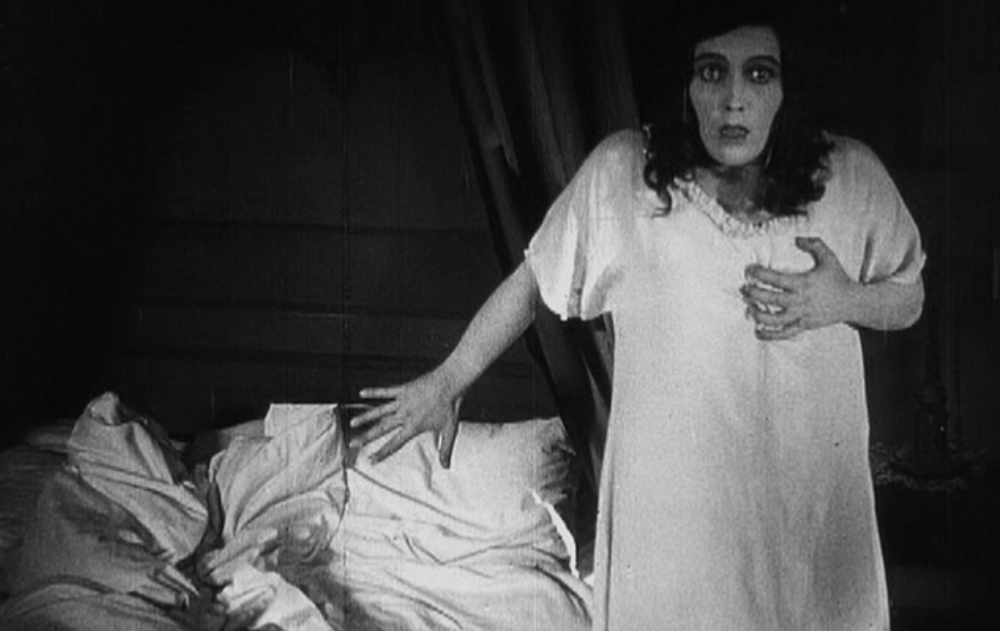
Grau set up his own film company, Prana, purely to explore spiritual and occult themes—the word “prana” even means “breath of life.” A huge fan of Aleister Crowley, Grau made the most of being a weirdo in the liberated world of post-war Berlin.
And then there’s the director, F. W. Murnau. A gay man in an unenlightened time, he also saw action in World War I, where his lover died. Incidentally, Max Shrek who played Count Orlock also saw action – in a way this film is a direct response to the trauma from which these three men suffered.

It’s obvious that Nosferatu is a loose interpretation of Dracula, but where it varies isn’t just to avoid copying—Nosferatu is imbued with the anxieties of three traumatised men, with the villain given a rat-like appearance to evoke pestilence and invasion. Through revolutionary special effects and the use of genuine occult symbols, Nosferatu presented something unlike anything else.
Muranu’s filmmaking techniques were truly innovative – his use of shadow, light, and practical effects pushed the boundaries of what cinema could achieve. This documentary explains the essence of German Expressionism beautifully, drawing comparisons with other classics such as The Cabinet of Dr Caligari.
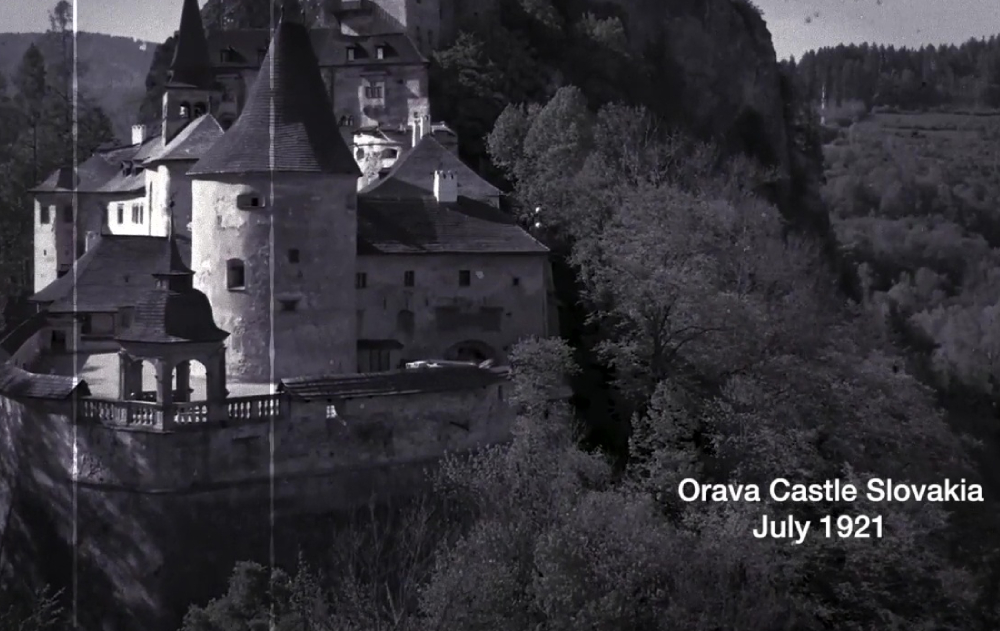
But the differences between Dracula and Nosferatu weren’t enough for the Stoker estate, who tried to sue Prana and eradicate the film from existence forever. After an extravagant premiere in America that cost more than the money had to make, the lawsuits came crashing down – Prana was ruined, and Grau’s dream of creating a series of occult films died.
Nosferatu: The Real Story artfully describes all of these developments, which are so much wilder than the stories you may have heard in film studies. After a near-complete destruction of copies, a few different versions of the movie continued to circulate, which were finally brought together into a collective version based on the original script.
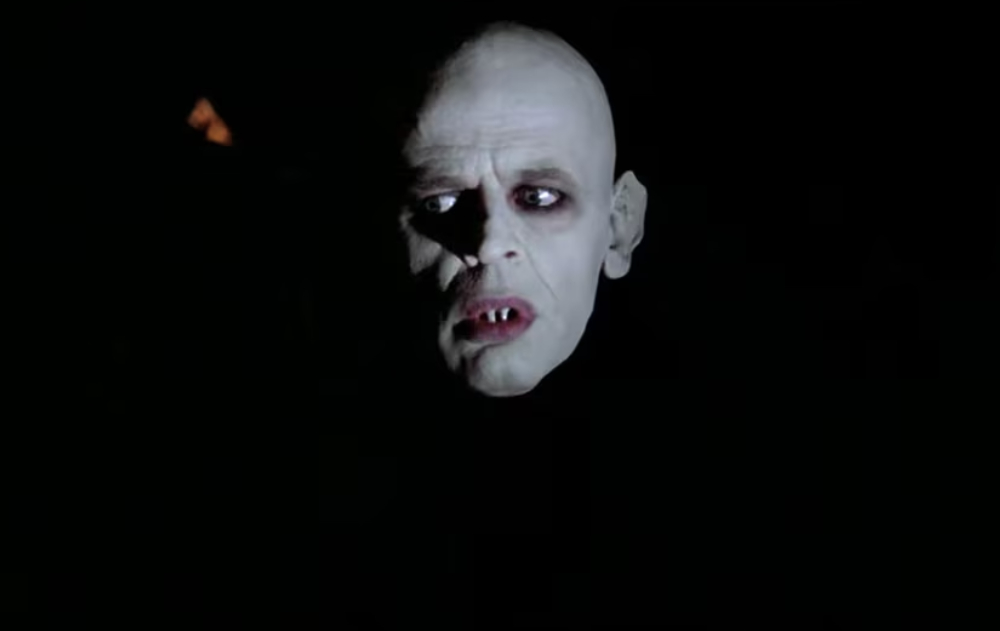
It then goes on to discuss the legacy of Nosferatu, including films like Shadow of the Vampire (2000) – which explores the myth that Max Shrek was actually a real vampire – and Werner Herzog’s version. It’s a shame that this was made before the release of Robert Eggers’ Nosferatu (2025) as they accurately point out that in a recent, post-pandemic world, the fear of an invasive pestilence is more acute than it has been in a century.
Nosferatu: The Real Story is a captivating, well-considered documentary that examines the film from all angles – its inspirations, styles, techniques, and cultural legacy. Whether you’re a cinema nerd, horror aficionado, socialist or historical, you’ll find something to enjoy and perhaps a new appreciation for one of history’s most important pieces of cinema!

Nosferatu: The Real Story (2024) is available via Digital from Reel2Reel Films
More Film reviews
When Paul’s chance of winning a national talent competition are ruined & his dreams of fame slashed, he plans a deathly revenge mission. 1 lunch break, 5 spectacular murders. Will… Director Kenichi Ugana is profoundly interested in exploring societal outcasts and obsessives in his work, whilst maintaining a distinct punk and transgressive style. With titles such as Visitors: Complete Edition… Backwoods slashers are a dime a dozen and there’s not a lot that we haven’t seen. That said, the ones we get to see are usually of the American variety,… “There is always some madness in love. But there is also always some reason in madness.” -Friedrich Nietzche Last year, cinema fans worldwide were able to engage and appreciate the… Self-described as a metalhead for life, Chilean filmmaker Patricio Valladares makes some noise in this year’s version of Unnamed Footage Festival. Taking place in San Francisco, this event is proud… The Stickman’s Hollow is a 2024 Canadian found footage horror, written and directed by Jack Cox. Mostly known for his extensive voice-directing work in English Dubbed anime and other animated…Paul Dood’s Deadly Lunchbreak (2021) Film Review – British Dark Comedy… with Glitter
Incomplete Chairs (2025) Film Review – Furniture-Based Body Horror [GrimmFest 2025]
ROVDYR (2008) Review: Guns, Knives, and Traps…Oh My!
Tezuka’s Barbara (2019) Movie Review – A Nuanced Portrait of Decadence and Obsession
Invoking Yell (2023) Film Review- Not with a Bang but with a Shriek (Unnamed Footage Festival 666)
The Stickman’s Hollow (2024) Film Review – Don’t be a Stick in the Mud [Dead Northern Film Festival]
Jenny is a creative copywriter living just outside of Liverpool who loves horror, board games, comics, video games and industrial metal.

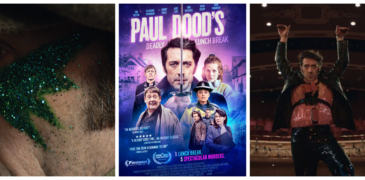
![Incomplete Chairs (2025) Film Review – Furniture-Based Body Horror [GrimmFest 2025]](https://www.grimoireofhorror.com/wp-content/uploads/2025/10/Incomplete-Chairs-2025-cover-365x180.jpg)
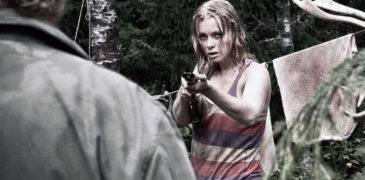

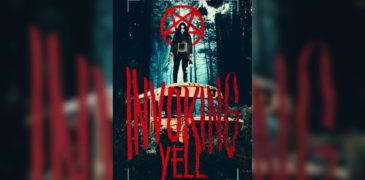
![The Stickman’s Hollow (2024) Film Review – Don’t be a Stick in the Mud [Dead Northern Film Festival]](https://www.grimoireofhorror.com/wp-content/uploads/2024/10/The-Stickmans-Hollow-cover-365x180.jpg)